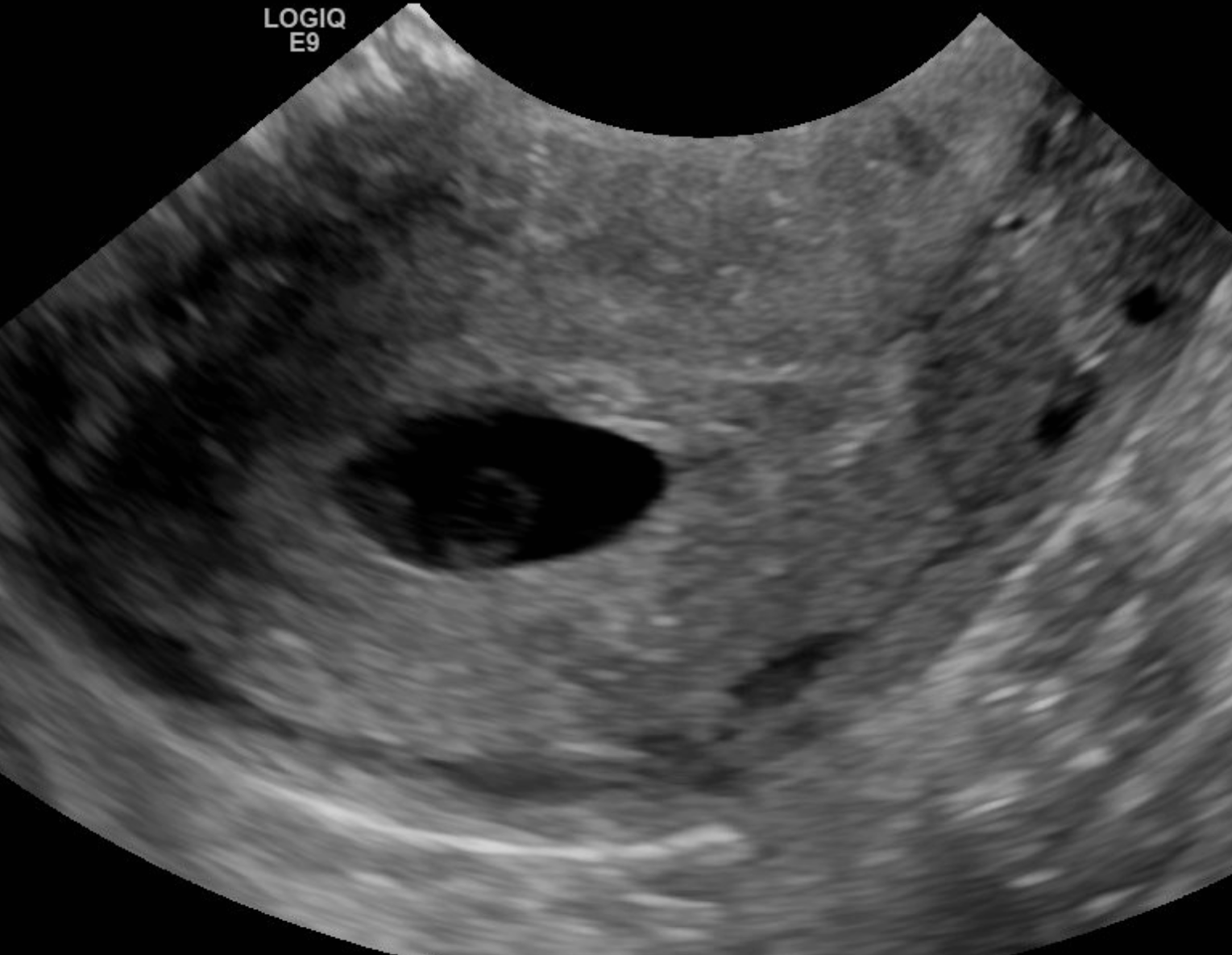[1]
Macklon NS, Geraedts JP, Fauser BC. Conception to ongoing pregnancy: the 'black box' of early pregnancy loss. Human reproduction update. 2002 Jul-Aug:8(4):333-43
[PubMed PMID: 12206468]
[2]
Goldhaber MK, Fireman BH. The fetal life table revisited: spontaneous abortion rates in three Kaiser Permanente cohorts. Epidemiology (Cambridge, Mass.). 1991 Jan:2(1):33-9
[PubMed PMID: 2021664]
[3]
Yin Y, Zhang T, Dai Y, Bao Y, Chen X, Lu X. The effect of plasma lead on anembryonic pregnancy. Annals of the New York Academy of Sciences. 2008 Oct:1140():184-9. doi: 10.1196/annals.1454.042. Epub
[PubMed PMID: 18991916]
[4]
Hertig AT, Rock J. Searching for early fertilized human ova. Gynecologic investigation. 1973:4(3):121-39
[PubMed PMID: 4593973]
[5]
Sakko Y, Turesheva A, Gaipov A, Aimagambetova G, Ukybassova T, Marat A, Kaldygulova L, Amanzholkyzy A, Nogay A, Khamidullina Z, Mussenov Y, Almawi WY, Atageldiyeva K. Epidemiology of spontaneous pregnancy loss in Kazakhstan: A national population-based cohort analysis during 2014-2019 using the national electronic healthcare system. Acta obstetricia et gynecologica Scandinavica. 2023 Dec:102(12):1682-1693. doi: 10.1111/aogs.14669. Epub 2023 Sep 4
[PubMed PMID: 37667510]
[6]
Nikitina TV, Sazhenova EA, Tolmacheva EN, Sukhanova NN, Vasilyev SA, Lebedev IN. Comparative cytogenetics of anembryonic pregnancies and missed abortions in human. Vavilovskii zhurnal genetiki i selektsii. 2023 Mar:27(1):28-35. doi: 10.18699/VJGB-23-05. Epub
[PubMed PMID: 36923481]
Level 2 (mid-level) evidence
[7]
Berglund G. Preparation of antiserum to an antigen of low molecular weight. Nature. 1965 May 1:206(983):523-4
[PubMed PMID: 4953500]
[8]
Shekoohi S, Mojarrad M, Raoofian R, Ahmadzadeh S, Mirzaie S, Hassanzadeh-Nazarabadi M. Chromosomal study of couples with the history of recurrent spontaneous abortions with diagnosed blightded ovum. International journal of molecular and cellular medicine. 2013 Fall:2(4):164-8
[PubMed PMID: 24551808]
[9]
Robinson L, Gallos ID, Conner SJ, Rajkhowa M, Miller D, Lewis S, Kirkman-Brown J, Coomarasamy A. The effect of sperm DNA fragmentation on miscarriage rates: a systematic review and meta-analysis. Human reproduction (Oxford, England). 2012 Oct:27(10):2908-17. doi: 10.1093/humrep/des261. Epub 2012 Jul 12
[PubMed PMID: 22791753]
Level 1 (high-level) evidence
[10]
Cavalcante MB, Sarno M, Peixoto AB, Araujo Júnior E, Barini R. Obesity and recurrent miscarriage: A systematic review and meta-analysis. The journal of obstetrics and gynaecology research. 2019 Jan:45(1):30-38. doi: 10.1111/jog.13799. Epub 2018 Aug 28
[PubMed PMID: 30156037]
Level 1 (high-level) evidence
[11]
Patki A, Chauhan N. An Epidemiology Study to Determine the Prevalence and Risk Factors Associated with Recurrent Spontaneous Miscarriage in India. Journal of obstetrics and gynaecology of India. 2016 Oct:66(5):310-5. doi: 10.1007/s13224-015-0682-0. Epub 2015 Mar 17
[PubMed PMID: 27486274]
[12]
Sundermann AC, Zhao S, Young CL, Lam L, Jones SH, Velez Edwards DR, Hartmann KE. Alcohol Use in Pregnancy and Miscarriage: A Systematic Review and Meta-Analysis. Alcoholism, clinical and experimental research. 2019 Aug:43(8):1606-1616. doi: 10.1111/acer.14124. Epub 2019 Jul 3
[PubMed PMID: 31194258]
Level 1 (high-level) evidence
[13]
Andersen LB, Dechend R, Karumanchi SA, Nielsen J, Joergensen JS, Jensen TK, Christesen HT. Early pregnancy angiogenic markers and spontaneous abortion: an Odense Child Cohort study. American journal of obstetrics and gynecology. 2016 Nov:215(5):594.e1-594.e11. doi: 10.1016/j.ajog.2016.06.007. Epub 2016 Jun 8
[PubMed PMID: 27287686]
[14]
Homan G, Brown S, Moran J, Homan S, Kerin J. Human chorionic gonadotropin as a predictor of outcome in assisted reproductive technology pregnancies. Fertility and sterility. 2000 Feb:73(2):270-4
[PubMed PMID: 10685527]
[15]
Magnus MC, Wilcox AJ, Morken NH, Weinberg CR, Håberg SE. Role of maternal age and pregnancy history in risk of miscarriage: prospective register based study. BMJ (Clinical research ed.). 2019 Mar 20:364():l869. doi: 10.1136/bmj.l869. Epub 2019 Mar 20
[PubMed PMID: 30894356]
[16]
Regan L, Braude PR, Trembath PL. Influence of past reproductive performance on risk of spontaneous abortion. BMJ (Clinical research ed.). 1989 Aug 26:299(6698):541-5
[PubMed PMID: 2507063]
[17]
Kim C, Barnard S, Neilson JP, Hickey M, Vazquez JC, Dou L. Medical treatments for incomplete miscarriage. The Cochrane database of systematic reviews. 2017 Jan 31:1(1):CD007223. doi: 10.1002/14651858.CD007223.pub4. Epub 2017 Jan 31
[PubMed PMID: 28138973]
Level 1 (high-level) evidence
[18]
Zhang J, Gilles JM, Barnhart K, Creinin MD, Westhoff C, Frederick MM, National Institute of Child Health Human Development (NICHD) Management of Early Pregnancy Failure Trial. A comparison of medical management with misoprostol and surgical management for early pregnancy failure. The New England journal of medicine. 2005 Aug 25:353(8):761-9
[PubMed PMID: 16120856]

